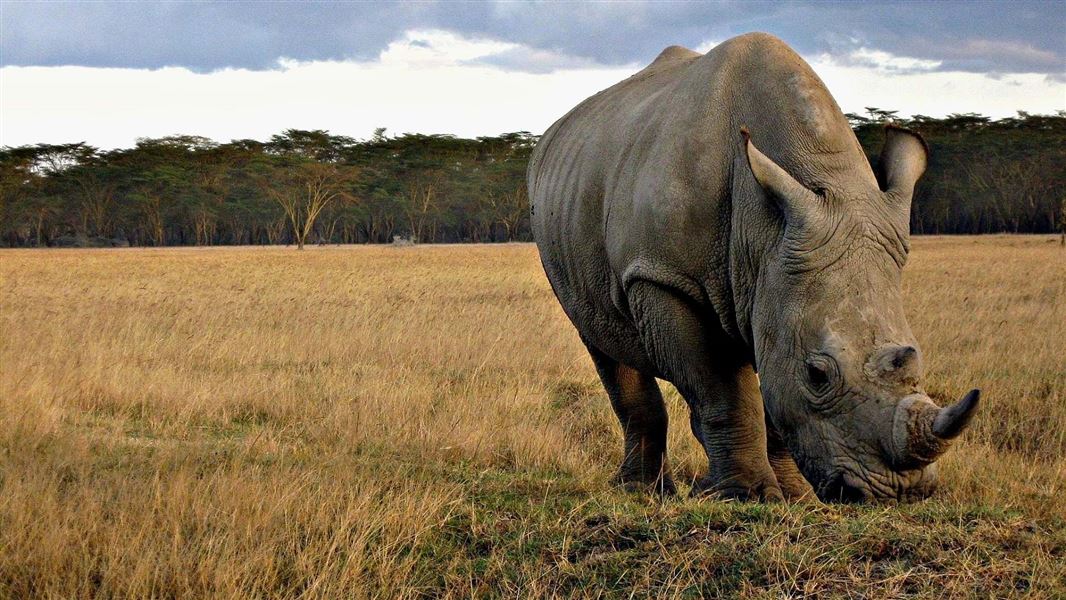It ensures that long-term survival of species is not threatened.
Items in your luggage, household move, or online shopping cart may contain CITES species. These require permits to be brought into or taken out of New Zealand.
Check ahead of time to make sure you won’t get delayed at the border or have your goods seized.
Watch our "Are your goods all good?" video to find out more about CITES and traveling with protected goods.
Video
It's your responsibility to know what rules apply to items being brought into New Zealand.
If you are travelling with traditional medicines to New Zealand, you may need a permit. Find out when you need one and how to apply. This page is available in English and Chinese.
Permits are required for import and re-export of ivory and all other elephant products.
You may need CITES documentation to enter or leave New Zealand with your hunting trophy.
Partners
CITES in New Zealand
The Department of Conservation is the Management Authority for CITES in New Zealand.
How DOC leads New Zealand’s implementation of CITES.
Trade in Endangered Species Act 1989
Contact
For further enquiries, contact DOC’s CITES team cites@doc.govt.nz
